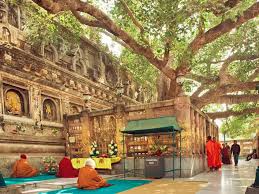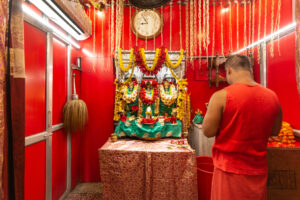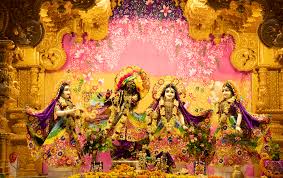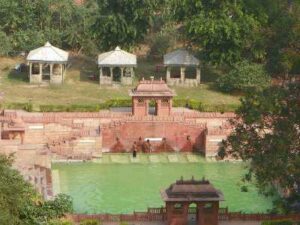How to Experience Serenity of the Bodhi Tree in Gaya

The Bodhi Tree in Bodh Gaya, Bihar, is a timeless symbol of peace, spirituality, and enlightenment. Known as the site where Lord Buddha attained enlightenment, this sacred tree attracts millions of pilgrims and tourists from around the world every year. Its historical, cultural, and spiritual significance makes it one of the most revered landmarks in India and a UNESCO World Heritage Site.
Historical Significance
Bodhi Tree holds a place in the historical past of Buddhism. 2,500 years ago, Prince Siddhartha Gautama meditated underneath this tree for days, achieved enlightenment, and became the Buddha. The tree stands opposite the Mahabodhi Temple, a very beautiful architectural wonder constructed by Emperor Ashoka in recognition of Buddha’s enlightenment.
Today’s Bodhi Tree is believed to be a direct descendant of the original tree, making it an enduring link to a profound moment in human history.
Major Attractions
- The Bodhi Tree
It has a heart-shaped leaf that forms a very silent, quiet space for reflection and meditation. Buddhists regard this tree, and usually monks and pilgrims come here and pray. - Mahabodhi Temple
The Mahabodhi Temple is a towering architectural work with carvings of intricate details with a great spire standing towering. This temple’s sanctum holds a beautiful pose of the Buddha in the meditating position facing towards the Bodhi Tree. - Vajrashila (Diamond Throne)
Under the Bodhi Tree, there is Vajrashila, a stone platform on which Buddha sat for meditation. There are pilgrims who sit there to meditate and connect themselves with the deep energy of that place. - Meditation Gardens
Surrounding the Bodhi Tree are nicely maintained gardens in which one can meditate, rest, and feel the tranquil atmosphere. - Lighting Ceremonies
Evening prayer sessions and lighting ceremonies underneath the Bodhi Tree make for a magical spiritual atmosphere.
Why Visit the Bodhi Tree?
- Spiritual Rejuvenation: The Bodhi Tree is a place of great peace and spirituality, and it is an ideal site for meditation and introspection.
- Historical Insight: The location provides insight into Buddha’s life and the beginnings of Buddhism.
- Cultural Exposure: The global presence of devotees offers a new cultural exchange experience.
Best Time to Visit
The best time to visit the place is during the cooler months, October to March. The climate at this time of the year makes the visiting experience wonderful, with one able to walk comfortably through the temple complex.
How to Reach
Gaya is at a distance of 12 kilometers from the city of Gaya.
- By Air: Gaya International Airport is just 10 kilometers away.
- By Train: Gaya Junction is the nearest railway station, well connected to major cities.
- By Road: Bodh Gaya is accessible by buses, taxis, and private vehicles from nearby cities like Patna and Varanasi.
Travel Tips
- Dress modestly to respect the sacredness of the site.
- Carry water and sunscreen if visiting in the daytime.
- Engage a local guide for all details on history and significance.
- Attend meditation sessions for an intimate connection with the site.
Attractions Nearby
- Dungeshwari Hills: The other important place that symbolizes Buddha’s ascetic life.
- Great Buddha Statue: A beautiful 80-foot statue of Buddha in a meditative pose.
- Japanese, Thai and Tibetan Monasteries: Visit monasteries from countries like Japan, Thailand, and Tibet, each reflecting their unique architectural styles.
The Bodhi Tree is more than a mere tourist destination; it symbolizes a spiritual journey leading to inner peace and enlightenment. Its serene ambiance, historic importance, and cultural richness make it a must visit for any traveler to Bihar.




